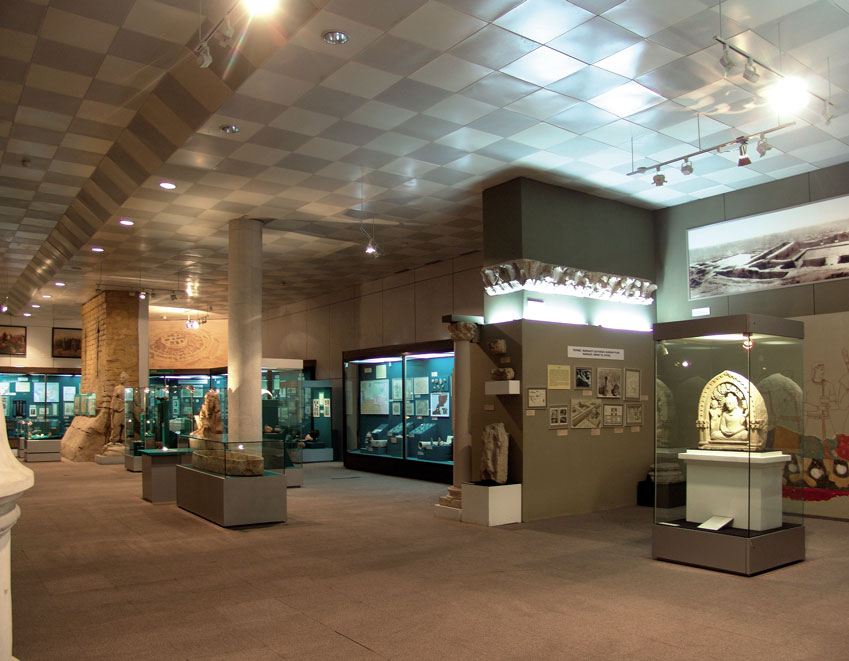The State History Museum of Uzbekistan was established in 1876 and is one of the largest scientific-educational institutions in Central Asia. As a multi-discipline establishment, the museum fulfills a number of functions. It serves as a scientific research institution, it is the largest custodian of artifacts representing the material and spiritual cultural heritage in Uzbekistan and it is a centre of dissemination of historical knowledge. The museum has been included in the composition of the Academy of Sciences of the Republic of Uzbekistan since its foundation in 1943.

The State History Museum of Uzbekistan was established in 1876 and is one of the largest scientific-educational institutions in Central Asia. As a multi-discipline establishment, the museum fulfills a number of functions. It serves as a scientific research institution, it is the largest custodian of artifacts representing the material and spiritual cultural heritage in Uzbekistan and it is a centre of dissemination of historical knowledge. The museum has been included in the composition of the Academy of Sciences of the Republic of Uzbekistan since its foundation in 1943.
The holdings of the museum number more than 300,000 individual items. Among them is a rich collection relating to archaeology (more than 70,000 items), numismatics (more than 100,000 items), ethnography (more than 18,000 items), miscellaneous artifacts (10,000 items), archival documents of modern and recent history and a scientific library with publi-cations from the 19th and 20th centuries as well as earlier books and manuscripts.
The museum has a programme of active scientific research work in the develop-ment and scientific description of the collection, the preparation of exhibitions and of scientific and popular-scientific works, including monographs, scientific catalogues, guidebooks, booklets, meth-odological aids, etc.
The museum welcomes tens of thousands of visitors annually for whom tours are provided, lectures are given and func-tions organized. It also interacts with the broader community through a range of social outreach programmes and public events. The museum regular participates in international exhibitions.
Constructed in 1970, the museum build-ing is one of the leading monuments of Tashkent architecture of the second half of the 20th century, its design reflecting both traditional and progressive Uzbek architecture and combining abstract geo-metric form with rich ornamentation. Its basic form is a cube which is a symbol of eternity in Eastern architecture. A promi-nent feature of the building’s facade is an array of geometric sun-protective screens faced with whitish pink marble.